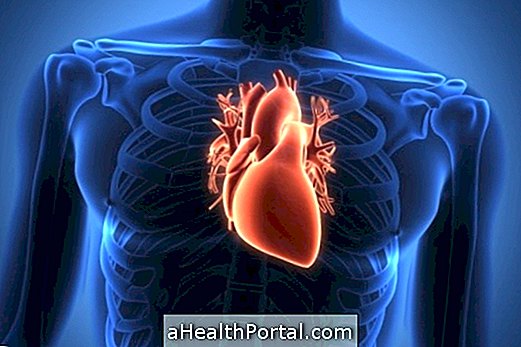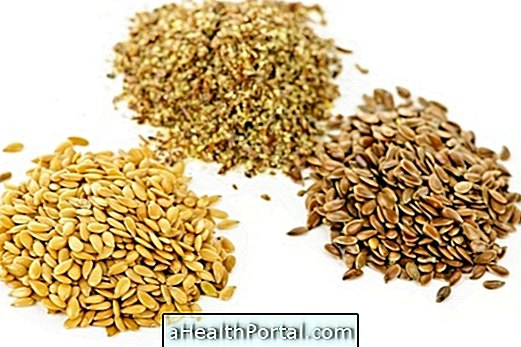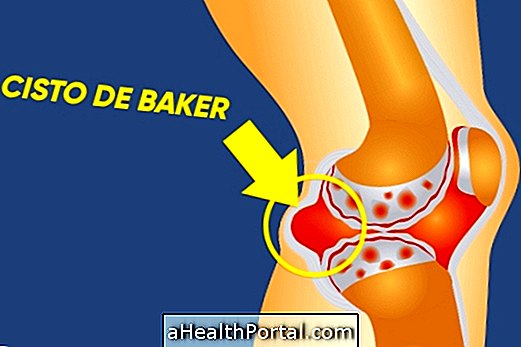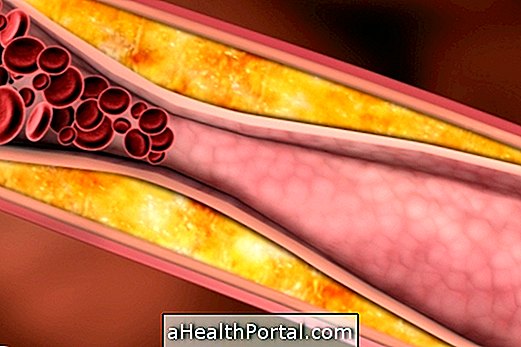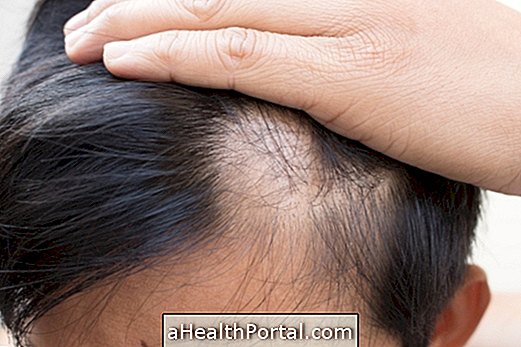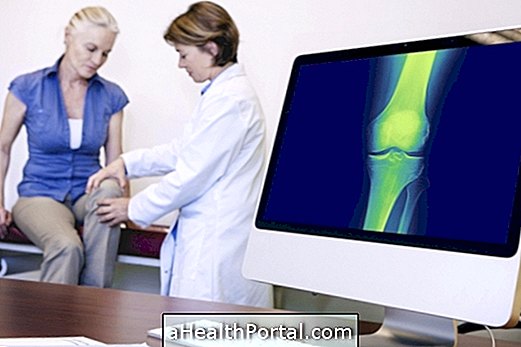Costochondritis is the inflammation of the cartilages that attach the ribs to the sternum bone, which is a bone found in the middle of the breast and is responsible for supporting the clavicle and the rib. This inflammation is perceived through chest pain whose intensity varies according to the movements involving the trunk, such as deep breathing, physical stress and chest pressure, and may even be confused with infarction. Here's how to recognize the symptoms of heart attack.
Costochondritis is a common and minor inflammation that usually occurs in women over the age of 35 and has treatment that varies according to the cause and intensity of pain, and the use of analgesics and anti-inflammatories is usually indicated.

Possible causes
Although there is no specific cause for costochondritis, movements or situations involving the trunk may favor this inflammation, such as:
- Chest pressure, such as that caused by the seat belt in rough braking, for example;
- Bad posture;
- Trauma or injury to the thoracic region;
- Strenuous physical activity;
- Deep breath;
- Sneezing;
- Cough;
- Arthritis;
- Fibromyalgia.
In more severe cases, costochondritis may be associated with chest tumors, where there is difficulty in breathing and swallowing, weight loss, fatigue, hoarseness, and chest pain.
In the later stages of pregnancy the woman may experience some chest discomfort that can worsen with exertion and result in shortness of breath. This is because of the compression of the lungs by the enlarged uterus.
Main symptoms
The main symptom of costochondritis is chest pain, often described as acute, thin or felt as pressure, and which can have its intensity increased according to the movements. The pain is usually limited to one region but can radiate to other parts of the body such as the back and abdomen. Other symptoms of costochondritis are:
- Pain when coughing;
- Pain when breathing;
- Shortness of breath;
- Sensitivity of the region to palpation.
Under normal conditions, the cartilages of the ribs allow the lungs to move during the respiratory process, but when they are inflamed the movement becomes painful.

How to differentiate from Tietze syndrome
Costochondritis is often confused with Tietze syndrome, which is a disease also characterized by pain in the chest region due to inflammation of the chest cartilage. What differentiates these two conditions is mainly the swelling of the affected joint that occurs in the syndrome of Tietze. This syndrome is less common than costochondritis, appears at the same frequency between men and women, appears in adolescents and young adults and is characterized by a single-sided lesion accompanied by swelling of the region. The possible causes, diagnosis, and treatment of Tietze syndrome are the same as for costochondritis.
How is the diagnosis made?
The diagnosis of costochondritis is made from the patient's previous symptoms and illnesses, physical examination and radiological examinations that rule out other causes of chest pain, such as electrocardiogram, chest x-ray, computed tomography and magnetic resonance imaging. Check out other causes of chest pains.
How is the treatment done?
Costochondritis usually improves after a few weeks with and without the use of medications. For some cases apply warm compress to the region and be careful when performing physical activities such as running or picking up weight.
In other situations, the use of analgesics or anti-inflammatories, such as Naproxen or Ibuprofen, always with medical guidance, is indicated for the relief of pain. On more severe occasions, the doctor may indicate injections to inhibit the nerve causing the pain. In addition, depending on the type, degree and recurrence of pain, physiotherapy may be indicated.

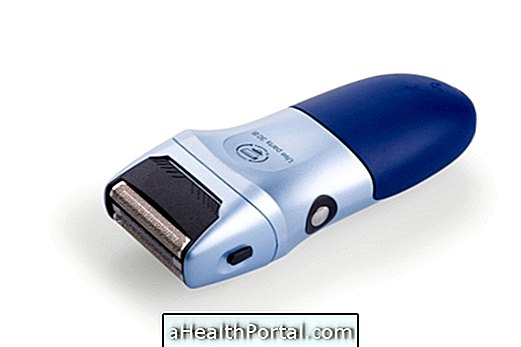





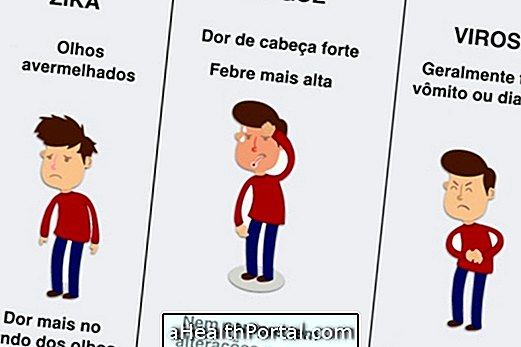

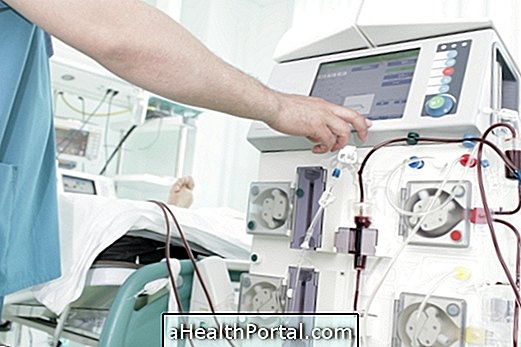
-o-que--sintomas-e-tratamento.jpg)
